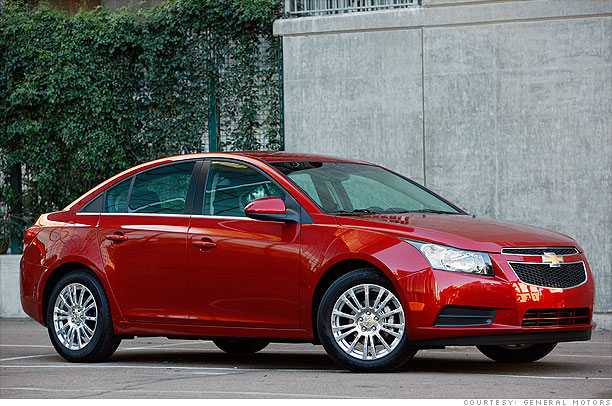The first page that greets most internet users when they open the computer is usually a search page, and most of the time the first action a user takes is to start their search. There are hundreds, thousands, perhaps millions of people online at any given moment, looking up answers to questions or hoping to find a great price on a new product or greatly needed appliance. The internet contains more information than any one person could ever possibly read through in a single life time, and while search engine algorithms are incredible at populating relevant results, they are no guarantee that you’ll find the results you need.
That is why InsightAllDay.com exists. We strive to provide you with relevant information on the latest products, goods, and services on the market. Browsing our site is a perfect way to learn more about a wide variety of topics! We want you to be well informed before you make any online purchase, after all a well informed consumer is the best consumer. The entire global economy revolves around well informed consumers making the best possible choices. InsightAllDay.com seeks to help you make the best possible choices.
Our Goal:
Our site is always growing and expanding. We are uploading new articles whenever we can, to help you learn more about a wide breadth of topics. If you are looking for information of the latest hearing aids or dental implants we have articles that detail different types and reasons you might need them. You may be uncertain about the typical dental implant procedure or your alternatives, but don’t worry, we have the information you need on Dental implants and how they compare to other dental hygiene options, such as dental dams or dentures. Dental implants may not be for everyone, but you won’t know if they are for you until you read more. If you are in the market for a senior apartment for yourself or a loved one we can help you make an informed decision. There are so many options for senior living on the market, and you may be unsure of the difference between senior apartments, senior living facilities, and retirement communities. We help you understand the differences so you or your loved ones will have the best living experience.
Saving Money Is Important:
InsightAllDay.com is here for you. Not only are we here to help you make informed decisions, we are also here to help you save money. Nobody wants to spend their hard earned money on sub-par products, but sometimes quality products are just too expensive. InsightAllDay.com wants to help you find the best deal possible, because we know that saving money is often a consumer’s top priority. All you need to do is put in the time and effort to research the deals out there to save your money. Luckily for you, we can point you in the right direction. One of the best methods to saving money is getting in the habit of finding the best deals on goods and services.
InsightAllDay.com is committed to providing our readers with quality information on the products and services they want. If you don’t see an article that helps you, let us know. We will do our best to update the site with relevant information to improve your online shopping experience. With InsightAllDay.com, you’ll get our Insight, all day!




